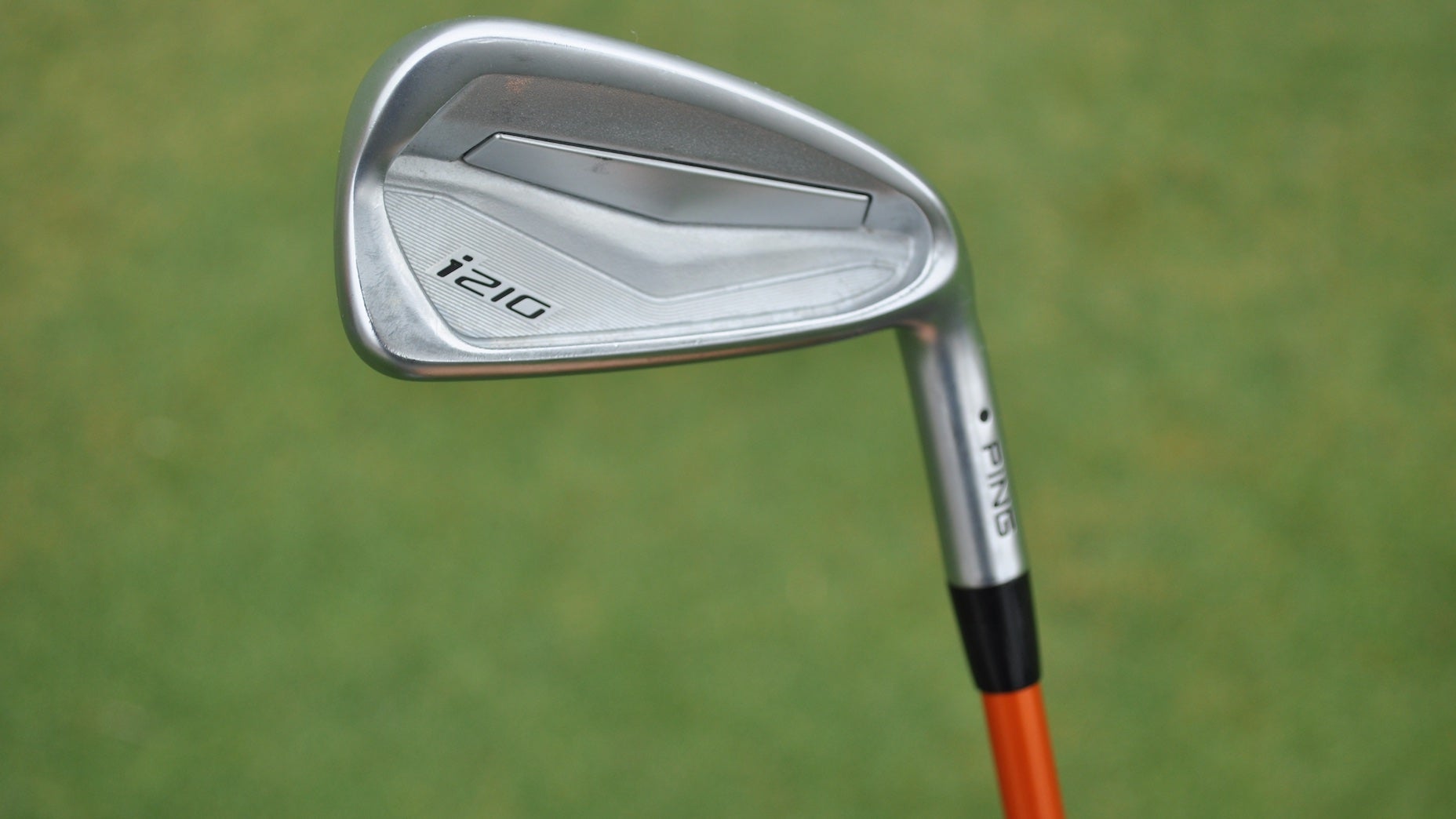

The handle weight is the least-valuable contribution to a hammer swing.


The longer the handle, the greater the swing effort and faster the head swing.įor the best hammer design, you want as light a handle as possible, without compromising speed or durability. The heavier the handle weight, the greater the swing effort. The heavier the hammer head, the greater the swing effort. What contributes to hammer striking speed? Titanium hammer handles generally offer better vibration-dampening properties than other materials, such as wood and steel. Let’s use Stiletto’s titanium hammer for break-down purposes. This is why I really didn’t like the “velocity is squared, and so speed contributes more significantly to hammer energy than mass” suggested marketing claims. So now, you decrease the weight of the hammer head and you must increase the velocity of the swing in order to match heavier hammer momentum to hit just as hard.Īgain, simplifying things, if you drop head weight from 28 oz to 15 oz and consider the handle to be massless, you have to swing the hammer nearly twice as fast to deliver the same nail-driving momentum. Simplifying things, linear momentum is directly proportional to mass and velocity p = mv. Momentum is what we really need to talk about. Does the nail heat up more due to frictional losses? Does it make a louder sound upon impact? Does it rebound more? These are all energy losses, with some directly related to strike velocity. What happens when you swing a hammer faster? Yes, it hits harder. Why are we talking about kinetic energy here? Is this what Dewalt and Stanley Black & Decker engineers believe, or is this just a way to throw some science talk at journalists that might have taken it at face value? Our 15 oz hammer swings like a 28 oz hammer! Weight of titanium, strength of steel! So even though we lightened the weight of the hammer, users can swing it faster to deliver greater energy. Kinetic energy = 1/2 x mass x velocity ^2. How does Dewalt’s MIG-welded hammer (15 oz) work to provide “the feel of titanium at a fraction of the cost” while also delivering “the power of a 28oz framing hammer?” And then, in 2011, Dewalt kicked off a new “weight of titanium, strength of steel” hammer that many other brands raced to match.ĭewalt’s explanation really bugged me at the time – I remember biting my tongue at the press luncheon – and continues to bug me even now.


 0 kommentar(er)
0 kommentar(er)
